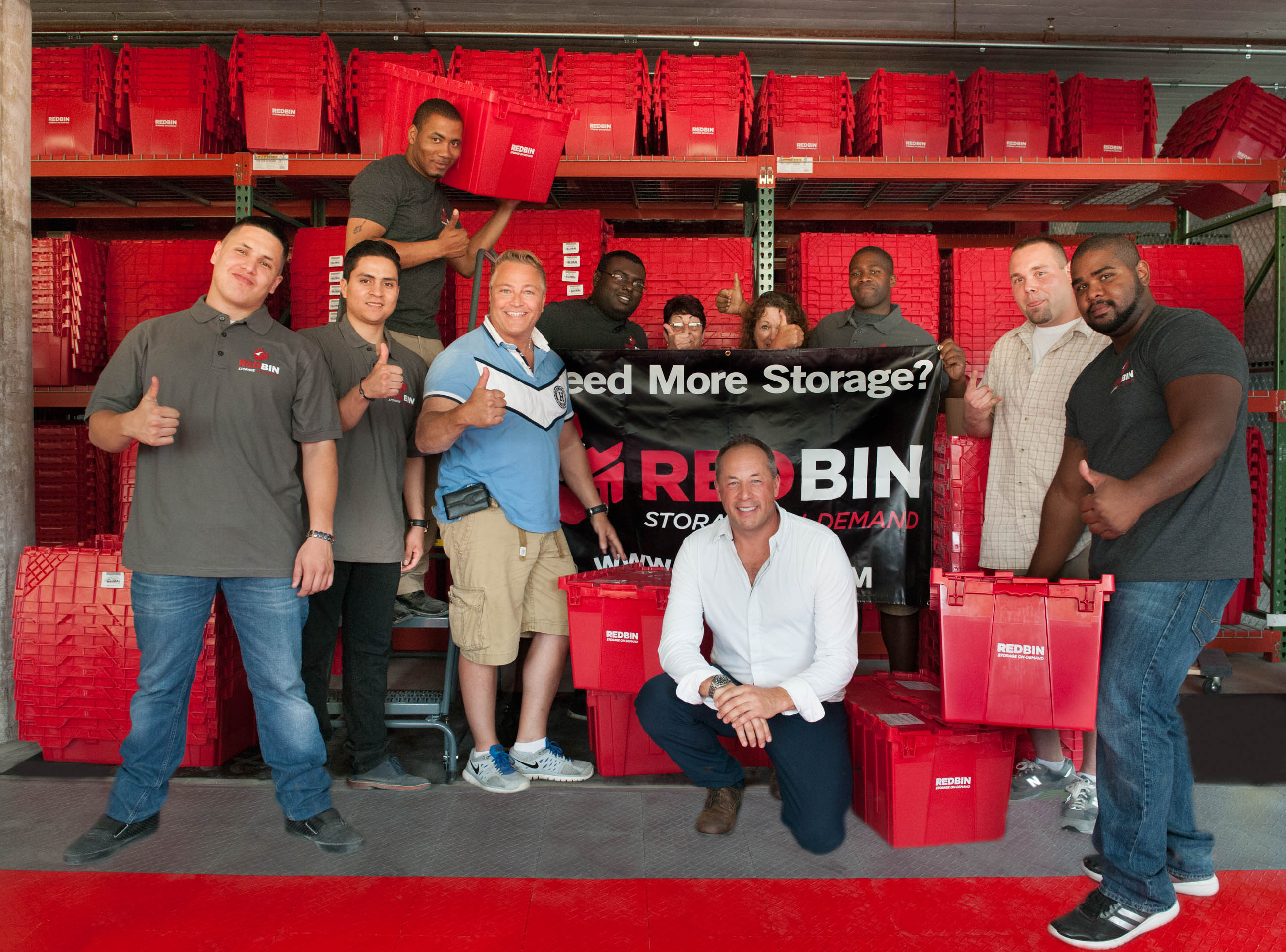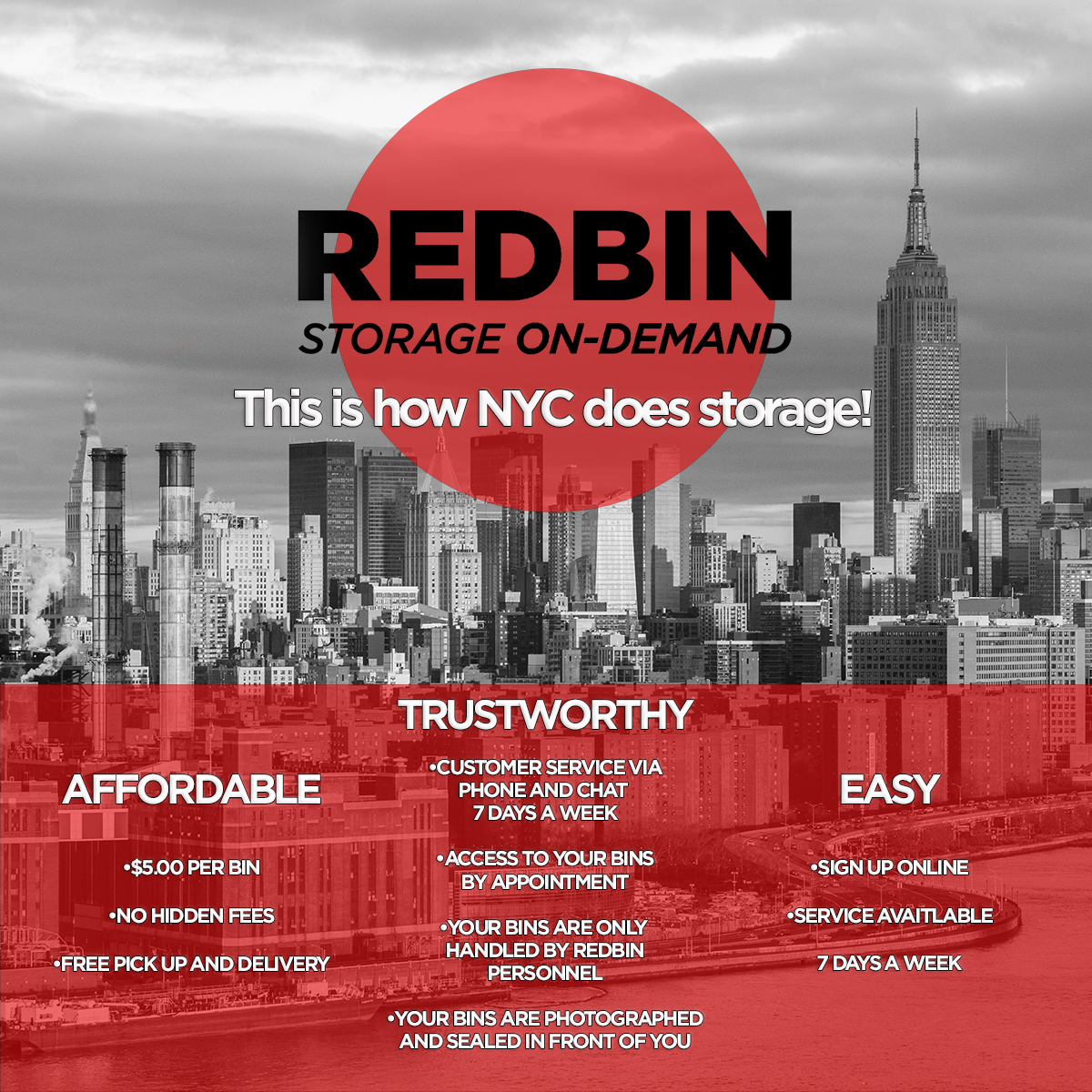
A History of Spring Cleaning
 Spring evokes a sense of newness and revival and with that has evolved the idea of ‘spring cleaning’. Depending on where and when you grew up there was probably some version of ‘spring cleaning’ that you may remember as a kid.
Spring evokes a sense of newness and revival and with that has evolved the idea of ‘spring cleaning’. Depending on where and when you grew up there was probably some version of ‘spring cleaning’ that you may remember as a kid.
Historically when we look at spring cleaning, people have been doing it for centuries. If you grew up in the time before vacuum cleaners you would open up the windows in the spring and let the wind blow through and ‘dust’ for you. Before clothes dryers and dry cleaning was invented it was the time of year to hang rugs and draperies outside to let the fresh air blow through them. In Judaism the Passover ritual of cleansing the house of ‘leavened’ bread also happens in the spring.
For me growing up in the northeast meant that the winters were cold and sometimes long, our ritual of ‘spring cleaning’ was something that my mother planned well in advance and looked forward to. My mother is 74 and just last week she said to me(no joke), “I am planning on starting my spring cleaning next week…”
So what is this idea of spring cleaning anyway? What it boils down to is a deep and thorough cleaning of the home and all of it’s contents. It is a time to go through closets and drawers and reorganize, throw out and give away things that are cluttering up your home. It is a time to open up the windows and get the stale air out and get the fresh air in. It is rejuvenating for you as well as your home.
Cleaning and packing away winter clothes is part of this ritual and sometimes you just “need more storage”. Let Red Bin Storage become part of your NEW ‘Spring Cleaning Ritual’! If you have never had a ‘spring cleaning ritual’ there is no time like the present to start.
I personally have my own version of how and when I do my spring cleaning and part of that ritual for me is sharing my ‘start date’ with my Mom.
Our Relationship with “Things”

We have all accumulated a lot of stuff in our lives. Our possessions become extensions of ourselves and help us define who we are or where we want to be.
Early attachment to things starts for most of us around the age of two when we can first have an understanding of possession. Most children will develop an unusually intense relationship to a specific object at this age. Whether it is a toy, stuffed animal or blanket they believe that the object has a uniqueness to it and a magical quality that shows up again in adulthood as related to memorabilia, heirlooms and inherited items.
The progression of attachment to objects in teens becomes a ‘crutch’ for the self and helps adolescents define by material objects “what makes me happy” at a time when their self-esteem is at it’s lowest. Transitioning from adolescence to adulthood is the crown jewel of possession and attachment; the person’s first car.
In adulthood our possessions signal to other people who we see ourselves as. Additionally certain possessions convey a ‘group membership’ and this is most often seen with the collection of items and memorabilia as related to sports teams. There also many people who like to simply “collect” things and have extensive “collections”.
As time goes on these things accumulate and the intensity of how we identify ourselves gets stronger and therefore their value to us increases. For this reason victims of vandalism or robbery often say they “feel violated” because it is more than the financial loss that is upsetting but rather the loss of “their things”.
Many people willingly get rid of possessions in the time of a “life changing” event. Or they hit a crossroads and it is time to “clean house”. In either case this is carefully thought out and executed with some strategy. There are also “keepers” and “hoarders” and both experience guilt when faced with having to get rid of things. Keepers generally have more of an emotional attachment to the object. Hoarders feel that they are preserving an identity by holding onto the object.
Our relationship with our things gets more powerful as we age as they provide us with comfort, fond memories and are highly valued in human society. Even in death our once valued possessions become “family heirlooms” to be passed down for generations to come.
RedBin Storage is providing consumers with a safe, convenient and affordable solution for maintaining our relationship with our things. RedBin’s sophisticated software system allows customers to log in to their account and see their items any time they want so they always feel connected to their “things”.
Want or “need” something back? It can be redelivered it within 24 hours.
Chances are you could probably streamline!
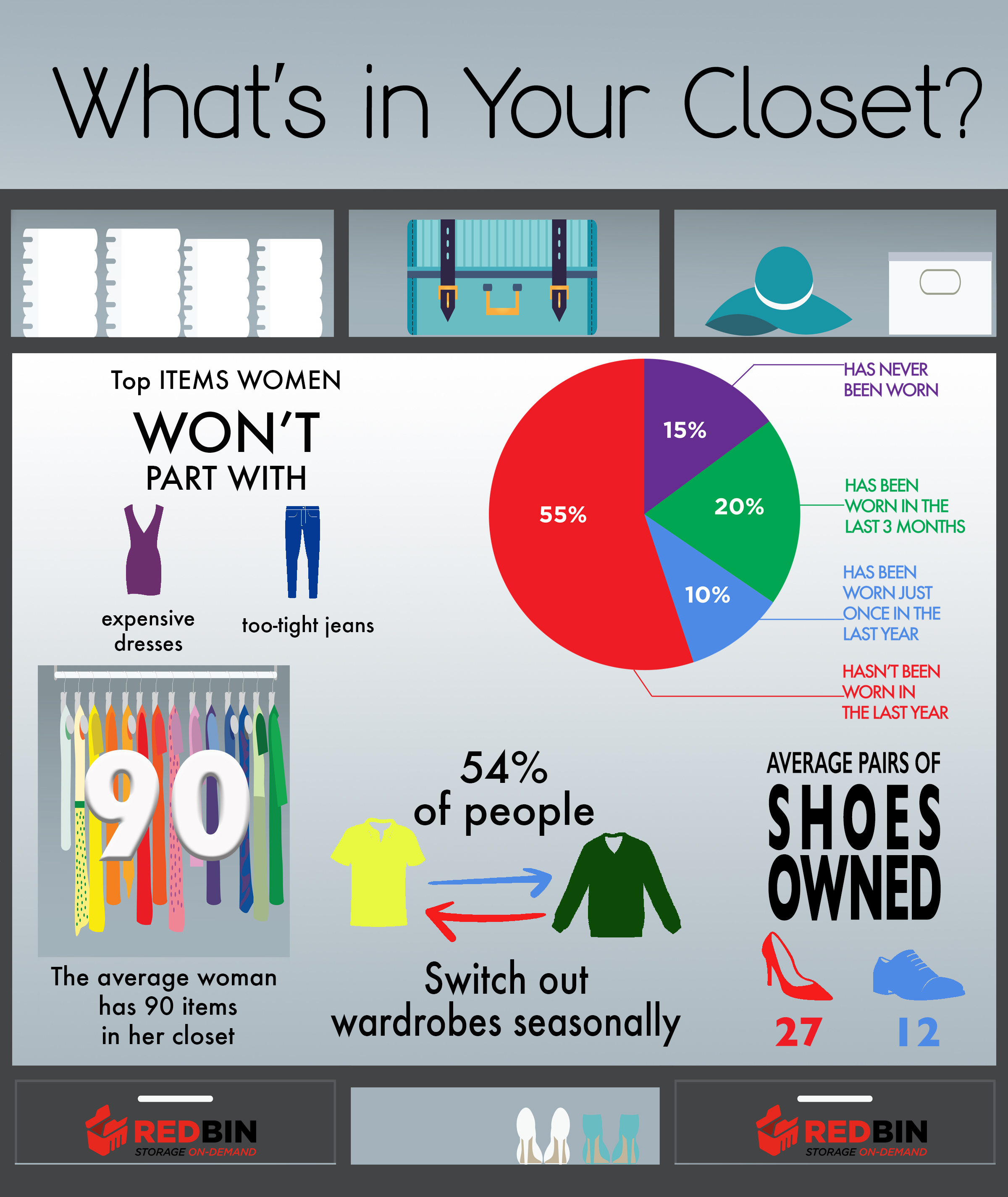 Chances are you could probably streamline your closet. If you can’t part with things but just need more storage, RedBin is the answer! http://ow.ly/i/h8Eug
Chances are you could probably streamline your closet. If you can’t part with things but just need more storage, RedBin is the answer! http://ow.ly/i/h8Eug
Baby it’s cold outside, stay in, clean out a closet.
 Baby it’s cold outside, stay in, clean out a closet, RedBins delivered to your door in 24hrs or less!#declutter http://ow.ly/i/gGxaj
Baby it’s cold outside, stay in, clean out a closet, RedBins delivered to your door in 24hrs or less!#declutter http://ow.ly/i/gGxaj
As tax time draws near-it’s a good time to clean house!
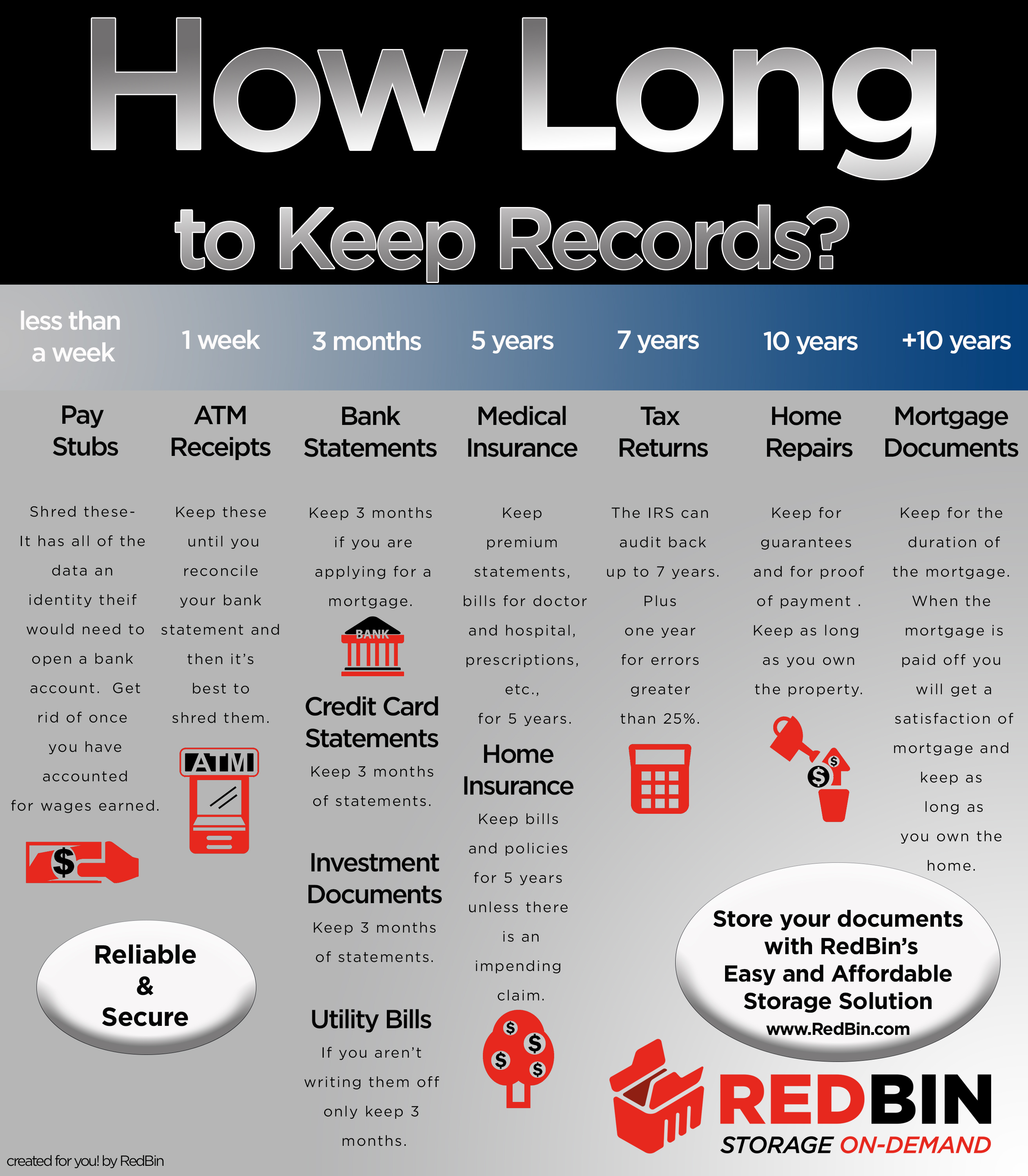 As tax time draws near-it’s a good time to get rid of old records that you don’t need anymore. Here’s some tips on what should be kept… http://ow.ly/i/gDwSD
As tax time draws near-it’s a good time to get rid of old records that you don’t need anymore. Here’s some tips on what should be kept… http://ow.ly/i/gDwSD
What’s cluttering up our closets?
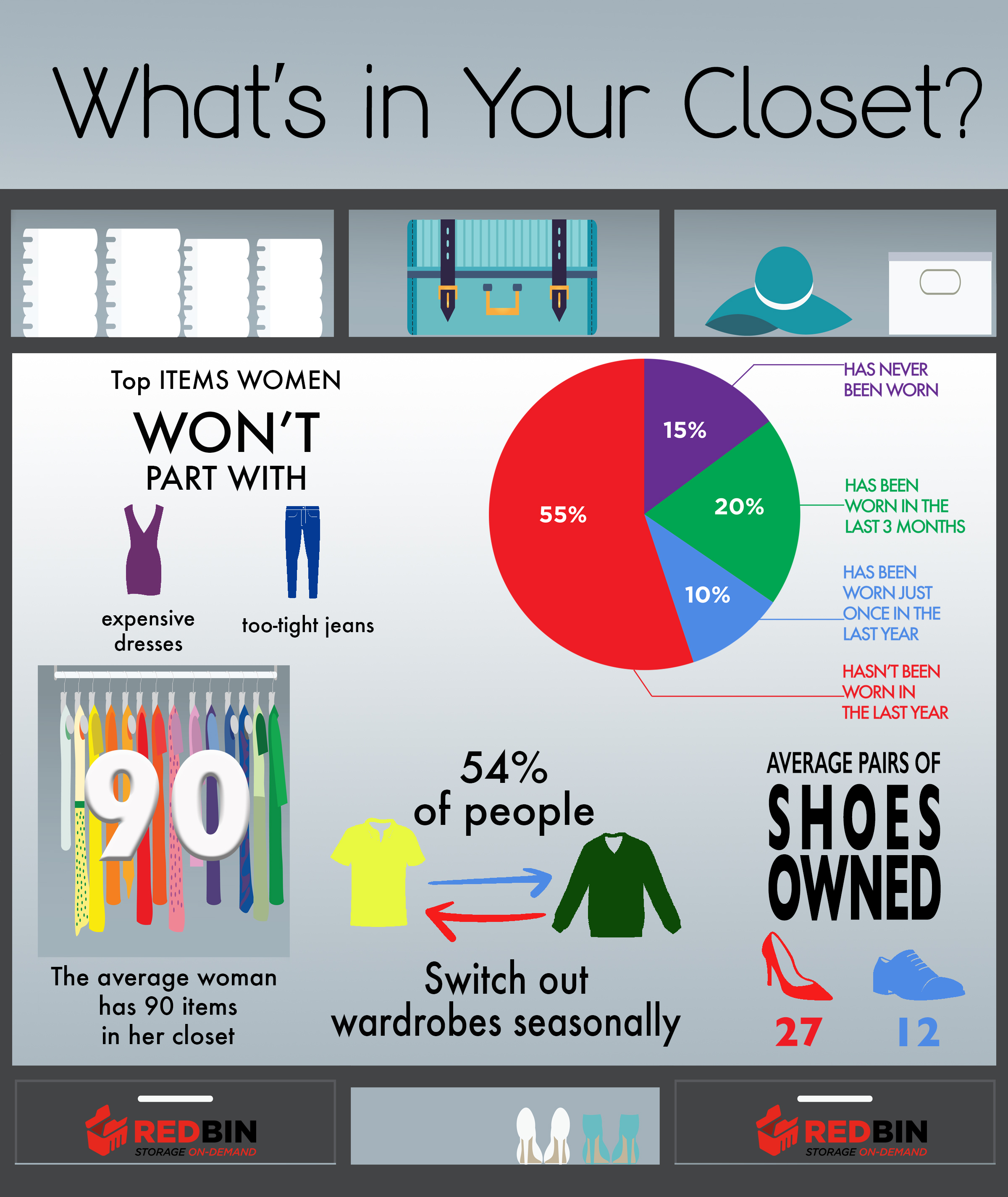 What’s cluttering up our closets? http://ow.ly/i/grkPj
What’s cluttering up our closets? http://ow.ly/i/grkPj
The Four-Bin Method of Decluttering
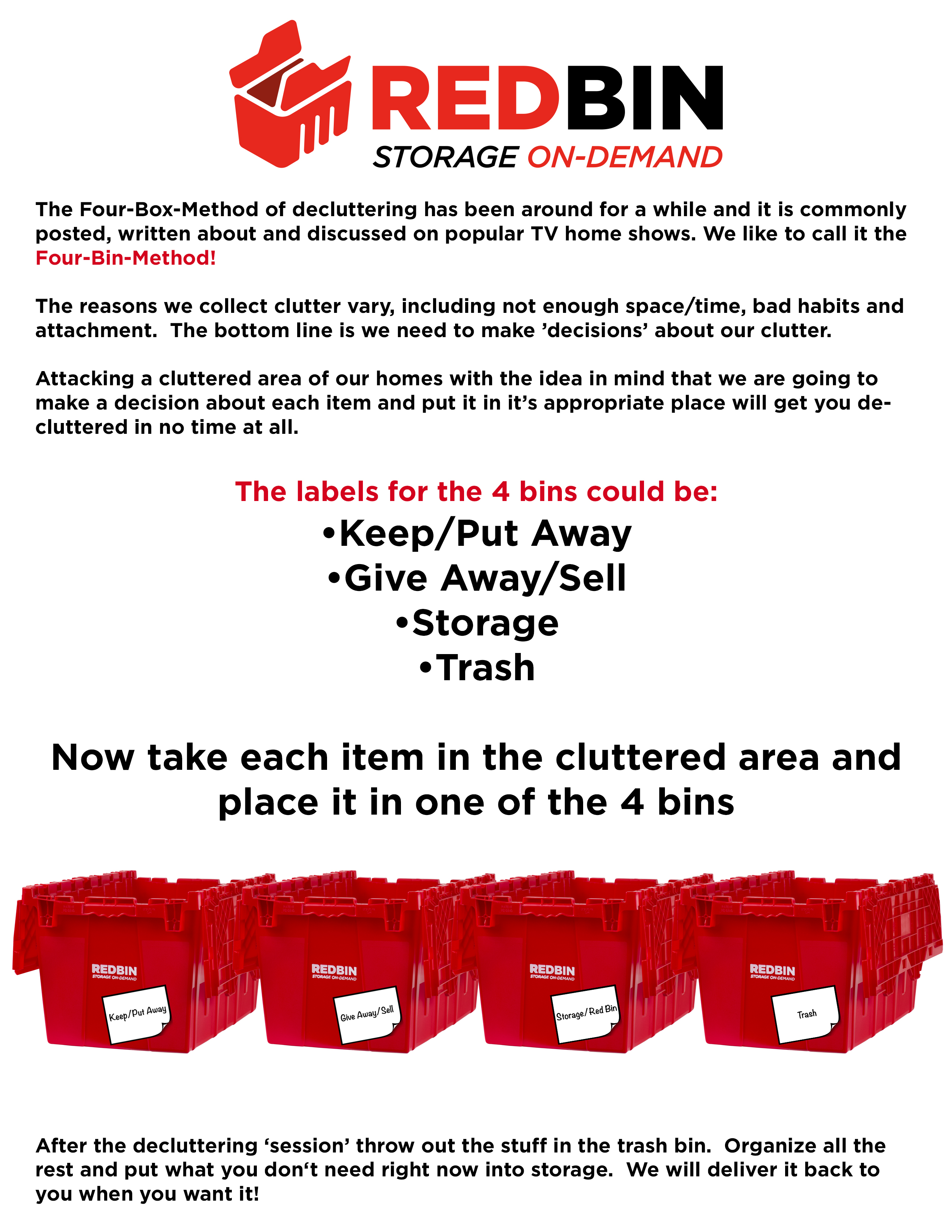
Why We Hire Returning Veterans…and you should too.
When we finished up our contracts in Afghanistan and Kuwait, providing logistics services to military contractors that needed to transfer their materials into places like Bagram, Kandahar, Leatherneck, Shindand, Shank, Arifjan and countless smaller forward operating bases; we came home and regrouped and our domestic business continued as usual.
As private contractors, we left these US Bases and jumped right back into our civilian roles rather easily. However, our veterans often times have difficulty doing just this. US companies are hesitant to hire veterans because they most often have trouble seeing how the specific skills that veterans possess will translate into the civilian world. A veteran that repaired, serviced and armed Apache Helicopters for six years, ends his service, comes back home and finds that the skills he perfected have little value here.
While spending time in the Middle East, we developed an appreciation for our young soldiers that went beyond the typical admiration most of us have. We saw these boys in their own domain, took notice of how they related to each other, how they worked as a team, how respect was earned and how the power of having a single goal (to win a war, ‘us against them’) drove every soldier in the same direction. We enjoyed their conversations and shared meals with them. We learned so much interacting with our military and we brought that knowledge home with us.
When we decided to create “RedBin” and enter the space called “storage on-demand”, we decided that this new enterprise could benefit from hiring veterans. Not because it “ looks good”, not because “it’s the right thing to do”, not because we might get a small tax credit or anything like that. We decided to hire veterans because we wanted a high quality workforce. We wanted those same boys that we spent time with in the Middle East to work with us here in New York City; and we got it!
We have found that by building a team with veterans we now have a workforce that learns quickly, is tech savvy, polite and have invaluable camaraderie which has benefited our company tremendously. We hope that other companies can see the benefit and reach out to our returning veterans too.
What is Silica Gel?
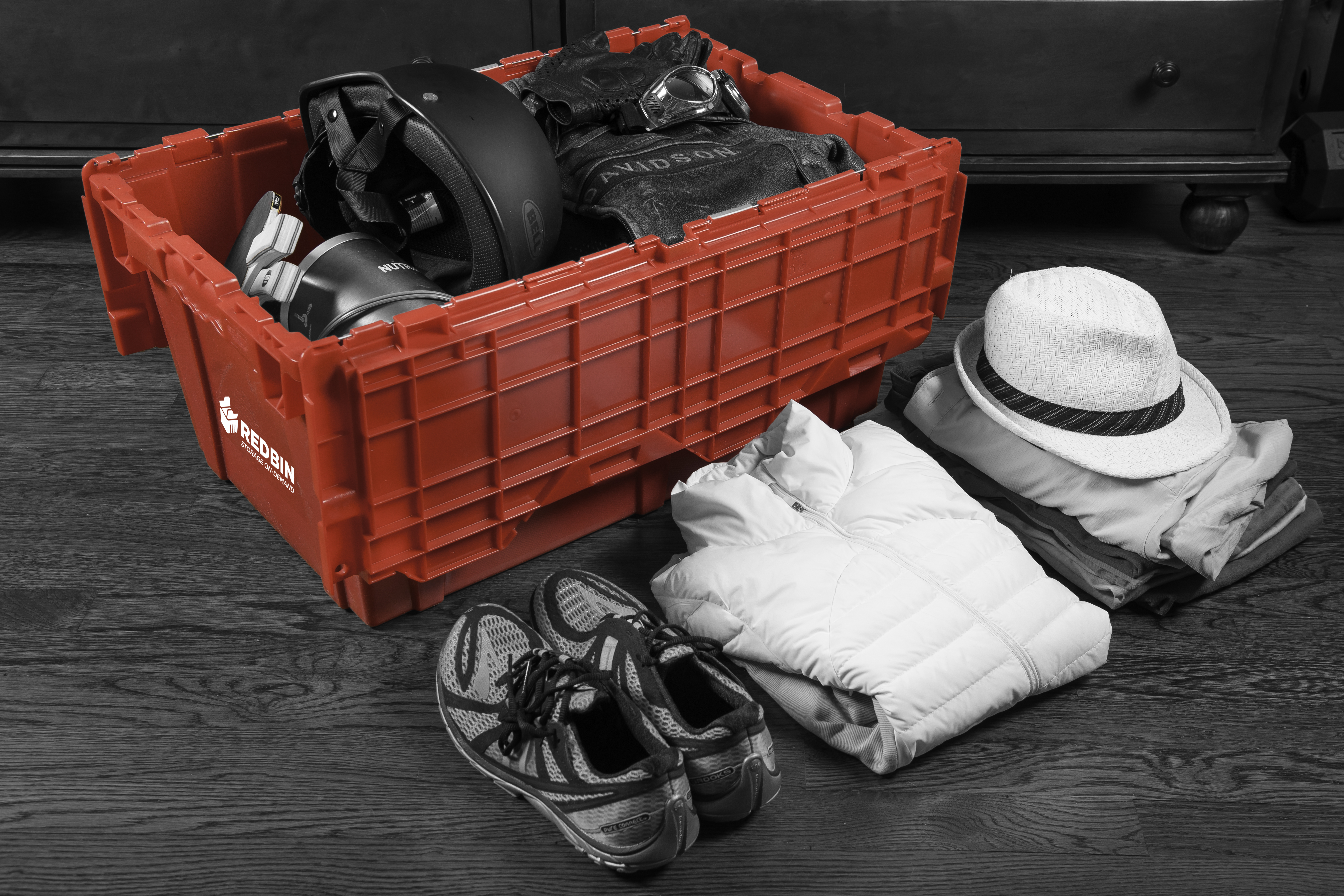 We have all seen the small little white packets in boxes of shoes that say “do not eat”. Most of us have never exactly considered what they do for us other than we shouldn’t eat it.
We have all seen the small little white packets in boxes of shoes that say “do not eat”. Most of us have never exactly considered what they do for us other than we shouldn’t eat it.
Silica gel packets are use to absorb moisture and odor. Most times these packets are used in shipping containers because containers generally come from overseas and it take about 4 weeks for most ocean containers to travel on the water and get to a port. Manufacturers of many kinds of products use silica gel to absorb any moisture and odor.
Photographers also use silica gel to keep in their camera bags to keep all possible moisture away from their camera equipment most specifically lenses. Silica gel is a must have for anyone storing items from documents to clothing to electronic equipment.
Red Bin has their own silica gel packets to maximize the moisture and odor control of items that you have stored in your bins. Every bin comes with a 3 gram packet to ensure that your belongings stay fresh and dry while they are waiting for you to retrieve them!

